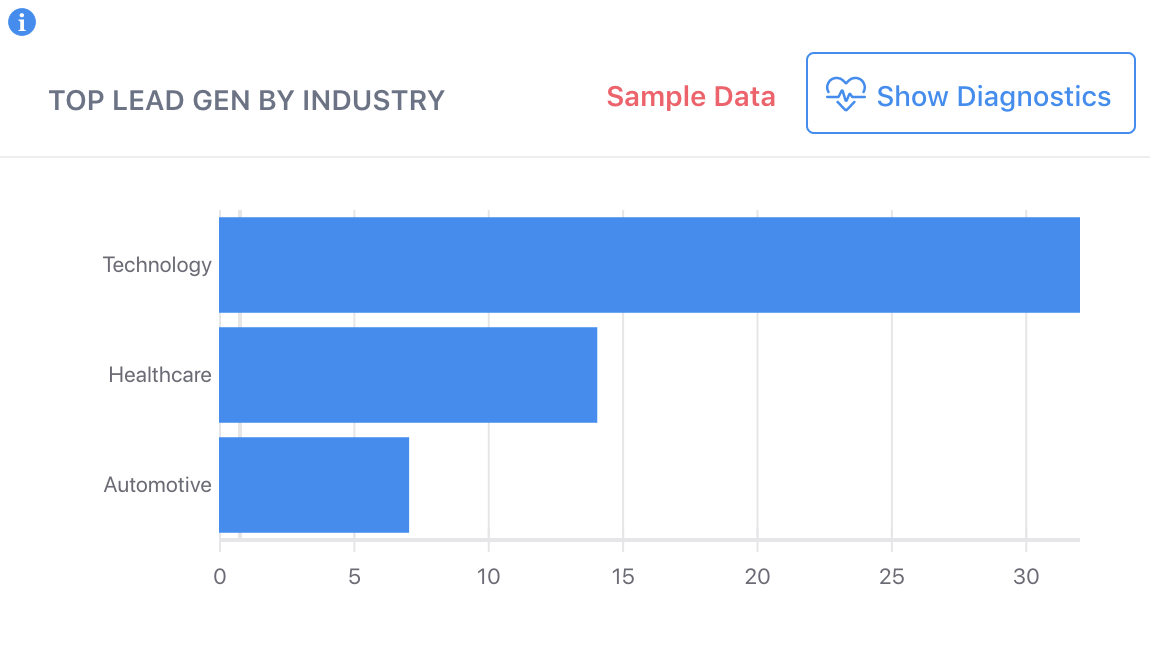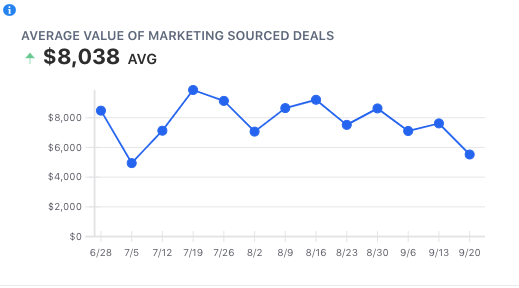
Use Case – End of Quarter Marketing Planning…and Review
September is finally upon us and fall is about to be in full swing. Unless you live in Austin like most of the Vertify Team and the trees are not quite turning colors yet. Consider yourself lucky if they are.
For most organizations that follow a calendar quarter, now is the time to start reviewing 3rd quarter marketing results and begin planning for the 4th quarter.
But, even if you follow a different fiscal calendar, the same rules apply. Personally, I love quarterly review and planning. It’s a way to keep score and to ensure that planning doesn’t turn into a passive thing. Now is as good a time as ever if you are not doing a quarterly marketing review and planning to start. (Plug for our new favorite book “Atomic Habits: An Easy and Proven Way to Build Good Habits & Break Bad Ones”). Your marketing tactics and planning should be periodically checked and revised, if needed, to take advantage of market changes, new information and new solutions.
These are the 5 outcomes from the end of quarter review use case that should ultimately drive your beginning of quarter planning.
1. Double down on what’s working
Sometimes we develop habits of overlooking the things that are working and assuming that if they are working, and if we put it on autopilot it will continue to work as-is. That’s not always the case. You should be purposeful about reviewing where you had success to replicate it or actively ensure the proper tactics are in place to keep it going. Reviewing things like Campaign Conversion Performance show you exactly what are the Top Campaigns that have the highest conversion rate and it includes a sparkline of their week over week trend. Knowing what those campaigns are is just the first step in getting transparency into the buyer’s journey.

This gives you the confidence to answer leadership when they ask “what’s actually working and where should we continue to spend”. Next, investigate to see what it was about those campaigns that led to high conversions to either keep them going in the 4th quarter or mimic things like content types, channels or ideal customer profiles for newer campaigns.

2. Learn from new nuggets of data
Whether you’re a lifelong marketer or new to the game, you’ve got to constantly have your learning hat on. When you have that learning hat on, you open your eyes to new and potential opportunities that could be the lynchpin for a new campaign, new content or a new lead source. Oftentimes having more data will allow for these new opportunities. Availability of new and more data is at an all time high but having that data readily available and easy to digest becomes paramount in order to make it actionable. With so many B2B companies focused on multiple industries, having insight into industry information that may not have been widely known or targeted can be a difference maker to pick up those extra leads in the 4th quarter to close the year out strong.
Of course there is work that needs to be done to create content to align with an industry that your offering seems to resonate with. However, identifying these little nuggets can typically carry steam and momentum into the next quarter and beyond while becoming a core part of your industry mix. Running targeted digital ads per industry in spurts is a tried and true way to experiment with messaging that is ideal to convert new industry leads in the short term.

3. Develop a plan for needs review areas
No organization is perfect. Just like in baseball, it’s really hard to bat 1.000 in marketing. There are bound to be areas that aren’t quite performing as well as expected. This does not mean you need to totally revamp your strategy to validate marketing impact. Sometimes, small tweaks to an existing campaign can turn results around even going into the 4th quarter. It’s easy as a marketer to get excited about the things that are working, but you should spend a decent portion of time reviewing things that are not quite working that may need review.
Pay special attention to goals set for things like conversion rates for campaigns as a leading indicator for projected revenue. If things seem off track, drill down into the leads that are targeted for the campaign. This is where you may get a quick win by changing different variables such as job titles, content type, messaging or even timeframes.
4. Validate the data
Way too much time can be spent during quarterly review and planning that’s not valuable to moving the business forward. This includes manual efforts such as toggling between multiple systems to not only gather data but to validate the data you’re presenting. Having the ability to automatically pull data from key systems you rely on, which can include the CRM, is critical to your reporting efforts. There is a lot of comfort in not only eliminating that extra step from your preparation but also in creating the confidence that you can rely on data that’s presented as the single view of truth.
Trust the data. Trust the results. See the data. See the results.
5. Measure against long term goals
I don’t know about you but I’m not interested in eating elephants. Quarterly review and planning is a great cadence and a necessary step in tracking long term goals. I would also argue that waiting until the end of the quarter could be too long to pay attention to how you’re tracking across the big picture. Keeping a pulse on week over week and even monthly reviews are key to a successful quarterly review that’s efficient. Setting goals for how you want to align sales and marketing through establishing marketing’s win rate or marketing’s contribution to the bottom line should be tracked on a frequent basis so that at the end of the quarter there are no surprises and you can adjust accordingly.

Increasing your chances of hitting your number or contribution in the next quarter can be established when creating smaller milestones along the way. One of the ultimate end goals is to get visibility into the Buyer’s Journey so that it can eventually be optimized. This is a fluid, active and ongoing process. While reviewing it quarterly to see if your typical customer’s journey changes, it’s part of a longer term vision that as a marketer you must adapt to based on the changing needs of the customer.